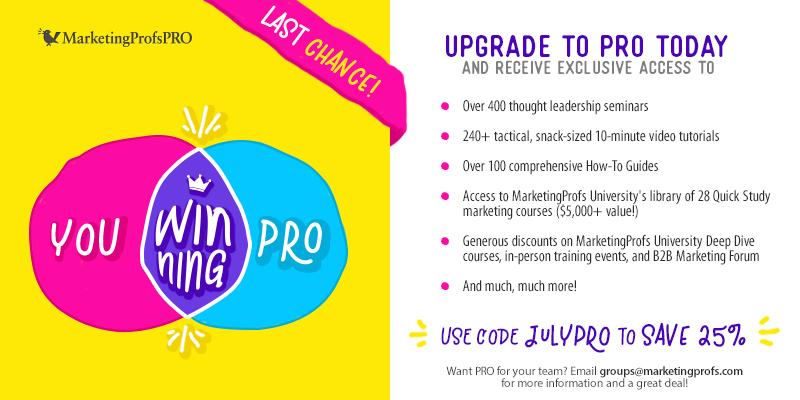11 Powerful Approaches to Marketing Highly Unsexy Products. Define the problem that you're solving Instead of telling people about the reasons that they should like your product, identify what your customers are looking for and frame your pitch around that. Identify your audience Who are your customers? By associating the brand with the character, and endlessly correcting the phrase "Compare the Meerkat" to the brand's actual name, the site was able to powerfully project brand awareness—without once talking about utility comparisons. Create a company narrative You don't just have to talk about your products, either (however indirectly); instead, you can go on to talk about your corporate identity and history. Following an acquisition by Yahoo, he spent years in the wilderness before founding a new company to create an online game. Michelin doesn't just sell tires, it is about all things on the road. Build demand for your product Soon after launching his antivirus software company in the late 1980s (the now notorious), John McAfee warned of a digital epidemic—and the risk of not having antivirus software. Connect your brand with influencers Dropbox's approach turned its users into micro-influencers, but there's also the more traditional strategy of using celebrity endorsements—either giving celebrities free products or paying them to promote your brand. The key thing is to consider what a celebrity, or an influencer, means for your audience.


The appeal of some products is obvious. It’s not hard to understand the attraction of an appetizing cheeseburger, a new action movie, or a revolutionary smartphone. Other products, however, have to work harder to explain the problem that they’re solving.
Moreover, some industries serve fundamental needs in society—but don’t receive the kind of attention heaped on upstarts like Snapchat: Think Oracle, the second-highest earning software developer in the world; its name would likely draw a blank stare from the man in the street.
There is hope, though. Here are 11 powerful steps for marketing products that, on the face of it, might seem totally unsexy.
1. Define the problem that you’re solving
Instead of telling people about the reasons that they should like your product, identify what your customers are looking for and frame your pitch around that.
When describing your product, don’t lead with specs and features; instead, talk about the problem that you’re solving for your customers. Think about the “Will It Blend?” YouTube series. Rather than talking about the power of the blender motor, the video demonstrates that this blender will blend absolutely anything, period. And if you have testimonials to convey trustworthiness and expertise—to talk up your “easy-to-use” product or “industry-leading” service—then all the better.
In highly competitive markets in which multiple companies have similar offerings, you may still want to list the features that you offer. But consider how your competitors present themselves, and go on to demonstrate how you offer more, whether as a premium provider or by presenting a longer list of features for less.
2. Identify your audience
Who are your customers? And what is the larger market opportunity? Knowing those two things is crucial to knowing how to talk to the people who will go on to buy your products.
When Old Spice rebranded itself in 2010 with the “Man Your Man Could Smell Like” campaign, the brand had identified that it was women who often would buy the product, even though it was for men. Hence, the campaign framed the pitch around the jokey message that the (formerly deadly dull) product could make your partner more sophisticated, handsome, and romantic.
3. Define your market
In Zero to One, PayPal founder Peter Thiel outlines the idea that the most successful businesses are natural monopolies: Via innovations, they create new markets, and having done so are able to stay ahead of their competition.
A business that has done just this is HubSpot, which invented the concept of “inbound marketing” (a mix of content marketing, SEO, and social media marketing). It was thereby able to become an instant leader in the field.
Define a unique market need, and explain how you fill it.
4. Establish brand awareness
CompareTheMarket is a UK site that allows consumers to compare phone contracts, utilities suppliers, and insurance prices. In 2009, it launched a campaign titled “Compare the Meerkat,” led by a Russian cartoon meerkat named Aleksandr Orlov. By associating the brand with the character,…

COMMENTS